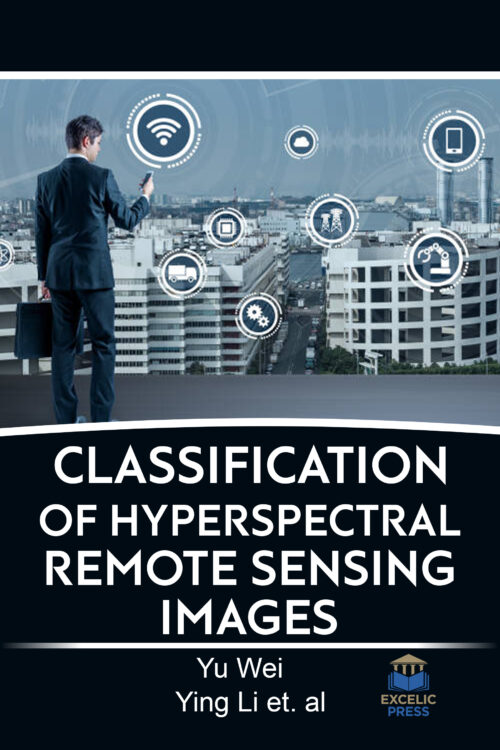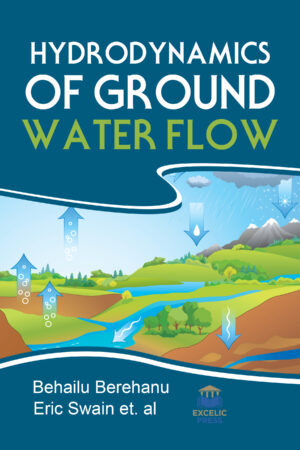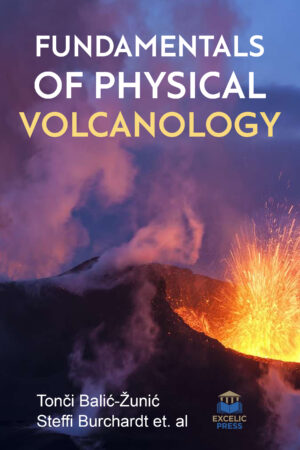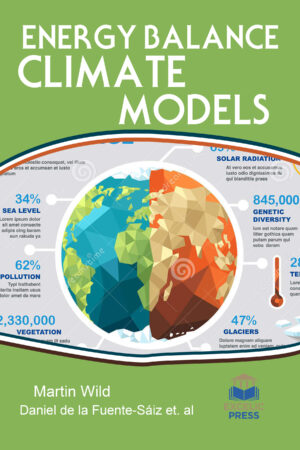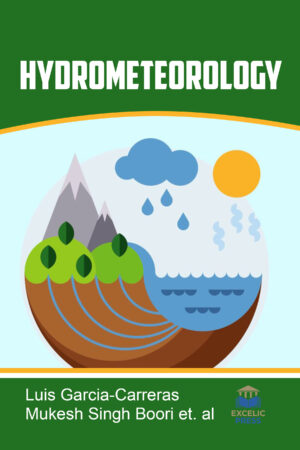Description
Recent advances in hyperspectral remote sensor technology allow the simultaneous acquisition of hundreds of spectral wavelengths for each image pixel. Hyperspectral imaging systems can acquire numerous contiguous spectral bands throughout the electromagnetic spectrum. Therefore, hyperspectral imaging techniques are widely used for many applications, including environmental monitoring, mineralogy, astronomy, surveillance and defense. Nevertheless, the high dimensionality of the pixels, undesirable noise, high spectral redundancy and spectral and spatial variabilities, in conjunction with limited ground truth data, present challenges for the analysis of hyperspectral imagery. The classification technology is currently the predominate method for analyzing hyperspectral images and has received much attention. Over the past decades, numerous pixel-wise classification methods, which only use spectral information, have been proposed to classify remote sensing images.
Recent advances in spectral–spatial classification of hyperspectral images are presented in this book. Several techniques are investigated for combining both spatial and spectral information. The book highlights the importance of spectral-spatial strategies for the accurate classification of hyperspectral images and validates the proposed methods.
Spectral-Spatial Classification of Hyperspectral Remote Sensing Images presents insight into numerous important challenges when performing hyperspectral image classification related to the imbalance between high dimensionality and limited availability of training samples, or the presence of mixed pixels in the data. The book also demonstrates the reader how to integrate spatial and spectral information in order to take advantage of the benefits that both sources of information provide.

